Introduction
The gas permeability meter is a special instrument used to measure the permeability of a material to a specific gas. With the continuous improvement of material performance requirements in the packaging, electronics, medical and other industries, the application of gas permeability meters in these fields is becoming more and more extensive and important. This article will discuss the working principle, main applications and future development trends of gas permeability meters.
Working Principle of Gas Permeability Meter
The working principle of gas permeability meter is based on the process of gas molecules diffusing and permeating through materials. The instrument usually consists of two chambers, one side is a high-pressure gas chamber and the other side is a low-pressure or vacuum chamber. The test material is placed between the two chambers, and the gas penetrates through the material into the low-pressure chamber. The sensor detects and records the amount of permeated gas, and calculates the gas permeability of the material based on known conditions and time.
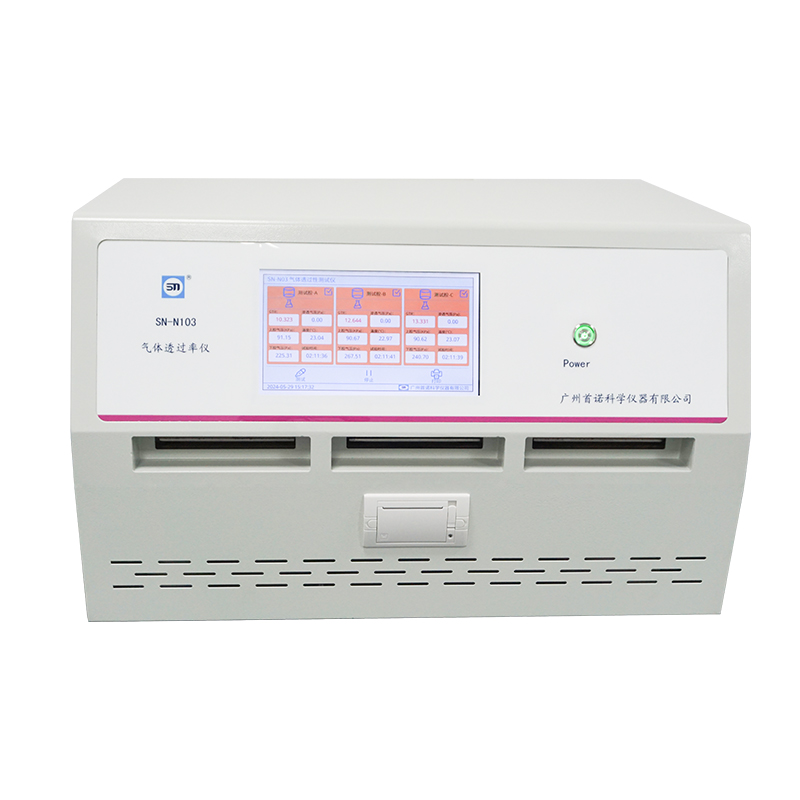
The main measurement methods include:
1. Differential pressure method: Calculate the gas permeability by measuring the pressure difference change between the high-pressure chamber and the low-pressure chamber.
2. Isobaric method: Maintain equal pressure in the two chambers and calculate the permeability by detecting the volume or mass change of the permeated gas.
3. Infrared detection method: Infrared sensors are used to detect the amount of gas that passes through the material, which is suitable for the detection of a variety of gases.
Main applications
1. Food and drug packaging: The quality and shelf life of food and drugs are significantly affected by the gas permeability of packaging materials. Packaging materials with low oxygen and moisture permeability can extend the shelf life of products and prevent oxidation and moisture intrusion.
2. Electronic products: Many electronic products, such as OLED displays and solar cells, have strict requirements on the gas barrier performance of packaging materials. Gas permeability meters can help evaluate the performance of these materials to ensure the durability and reliability of products.
3. Medical devices: Some medical devices have special requirements for the gas permeability of packaging materials to maintain sterility and prevent contamination. Gas permeability meters play a key role in evaluating and selecting suitable packaging materials.
4. Polymer material research: In the development and optimization of polymer materials, gas permeability is an important performance indicator. Through gas permeability testing, the microstructure and physical properties of the material can be understood, thereby guiding the improvement and application of the material.
Development trend
With the continuous advancement of science and technology, gas permeability meters are also developing. The future development trends mainly include the following aspects:
1. High precision and high efficiency: Introduce advanced sensor technology and data processing methods to improve the measurement accuracy and efficiency of gas permeability meters and meet high-standard testing requirements.
2. Multifunctionality: Develop instruments that can detect multiple gas permeabilities at the same time, provide more comprehensive material performance evaluation, save time and cost.
3. Intelligence and automation: Combine the Internet of Things and artificial intelligence technologies to realize the intelligent and automated operation of gas permeability meters, and improve the accuracy and convenience of data processing and analysis.
4. Portability and miniaturization: Develop portable and miniaturized gas permeability meters to facilitate on-site testing and mobile applications, and expand their use scenarios.
Conclusion
Gas permeability meters play an important role in modern industry and are widely used in many fields. With the continuous advancement of technology and changes in market demand, gas permeability meters will develop in the direction of high precision, high efficiency, multifunctionality and intelligence. In the future, it will continue to provide more accurate and efficient material performance testing solutions for all walks of life, and promote the continuous improvement of product quality and performance.






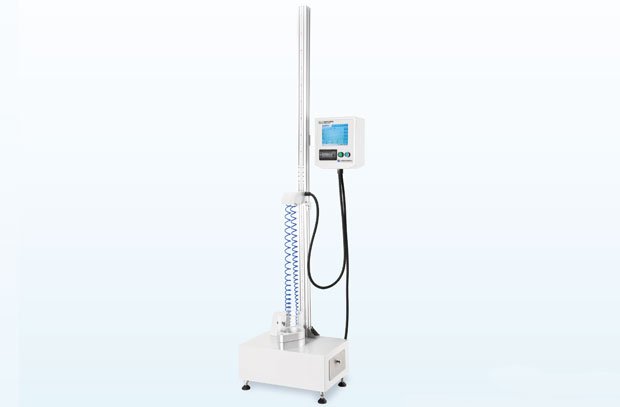
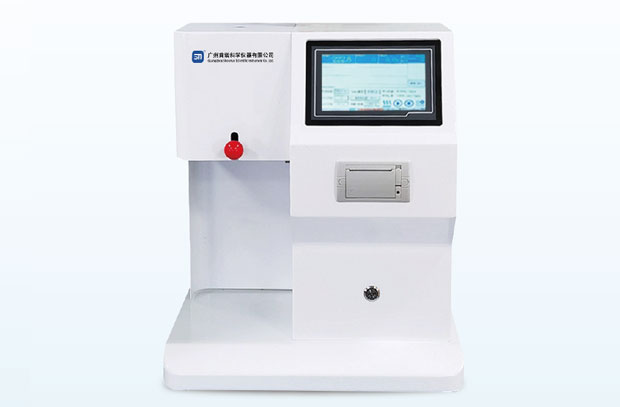
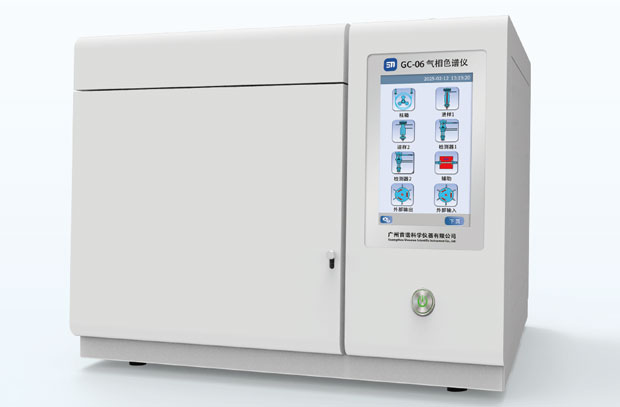
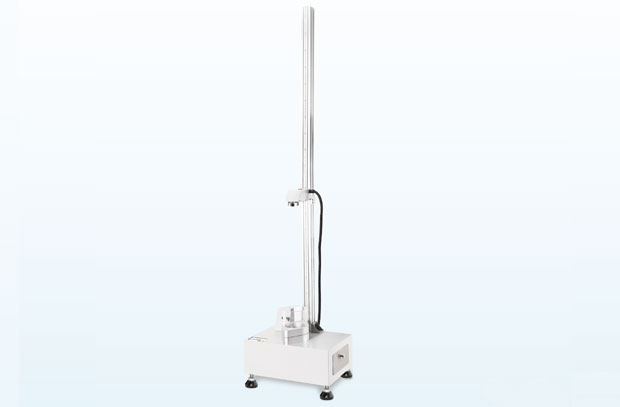
 Tel:13556033107
Tel:13556033107 E-mail:gzsnyq@vip.163.com
E-mail:gzsnyq@vip.163.com 




